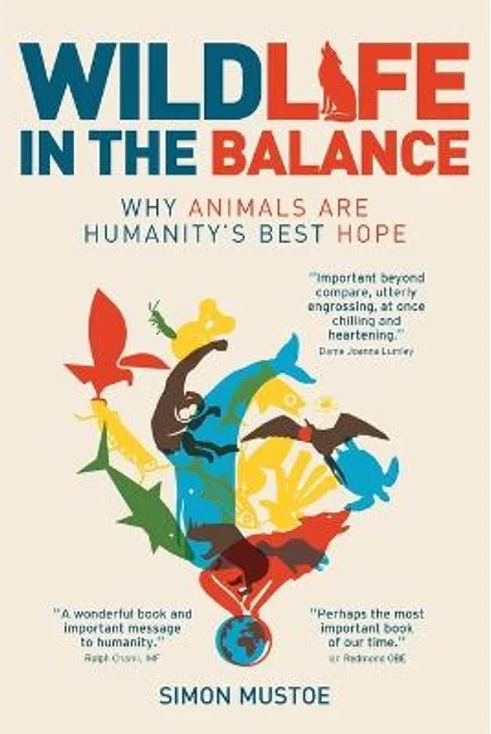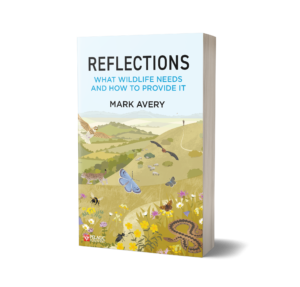
This is a very good book and contains a great number of insights into how animal ecology works and what we get from all those species of animal out there. Plants don’t get much of a look-in, which is strange at first, and will annoy many folk out there, but actually that is part of the message of the book.
And what is the message of the book? It is that we need animals for Earth to function properly and safely for ourselves and so we should look after them better. This is the ‘rivets in the plane’ argument and it has a lot going for it, except it isn’t very clear how many rivets have already popped and when the wing will fall off the plane. But the author goes further and puts animals very much in the lead – you are told, in essence, that they are the most important rivets.
Many ecologists might take a sharp breath to read that ‘…without animals, planting trees to address climate change might remove carbon from the atmosphere but could kill the oceans instead‘ and ‘…if we don’t start thinking about rewilding the land, planting trees may do more harm than good.‘ and ‘Deliberately adding more waste-producing plants to our world without a parallel commitment to wildlife conservation will create more problems than it solves.‘.
The author is an ecologist, conservationist and communicator. He grew up in The Cotswolds, got a degree from the University of East Anglia but has worked for the last two decades in Australia. I see he worked for a while at the RSPB in the Film Unit. There are many Australian examples used in the book, and many marine examples too – those made the work refreshing and different for me – and yet he speaks with approval of the RSPB’s work at Hope Farm (I wasn’t expecting to find that crop up in this book) and there are examples from all over the world.
The last chapter, The Way Forward, works least well as far as I am concerned, but the previous one, A Blueprint for Human Survival is very stimulating and could be regarded as the way forward itself.
I’ve read this book, but I’ll need to re-read it and delve into the references a lot more to see which ideas I take away to integrate with my own thinking and which I leave on the pages of this book. But I know now that it is a stimulating and provocative book that I will revisit rather than simply shelve. So I recommend it highly as a different view on familiar topics but one which broadly comes to the same conclusions as many of us (but by a different route). This will be one of this blog’s books of the year.
The cover? Nothing very special, I think. I’d give it 6/10.
Wildlife in the Balance: why animals are humanity’s best hope by Simon Custoe is published by Wildiaries.

Signed copies of my most recent book book, Reflections, are available from me.
Contact me at mark@markavery.info
Softback – £20 (incl UK P&P)
Hardback £26 (incl UK P&P)
[registration_form]